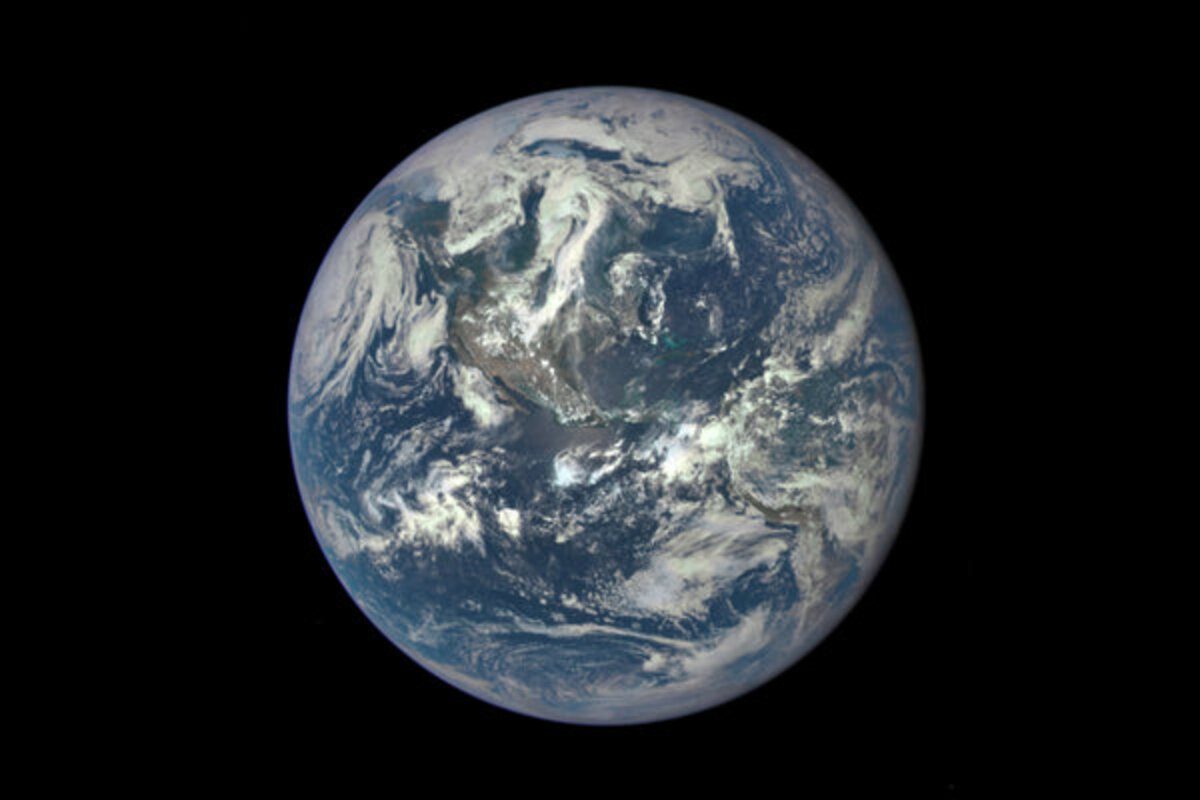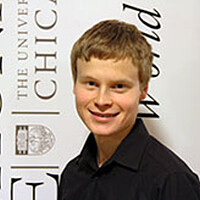Geologists find slew of manmade minerals, but no start to Anthropocene
Loading...
Over the centuries, humans have sunk mine shafts deep underground, burned carcasses on sacrificial altars, and gently placed rocks in wooden museum drawers for visitors to admire. All these activities, published in American Mineralogist, caused chemical reactions that left a total of 208 different compounds behind. Of those, 91 are not known to occur naturally.
While they have similar chemical formulas and crystalline structures to minerals, the International Mineralogical Association “are not regarded as minerals.” But the study’s lead author, Robert Hazen, nonetheless sees this study as a sign of ongoing changes in Earth’s system.
“From a mineralogical point of view, we are in a unique time,” he tells ���Ǵ��� in a phone interview. “There has never been a time when new minerals or mineral-like materials .... have been produced so rapidly, so abundantly, and with such diversity.”
It's not just mineralogists who are excited by the news. Many environmentalists are taking this study as the latest sign that we’ve entered the “Anthropocene,” a new geological epoch brought on by humanity’s changes to the Earth. But this shift won't become official until stratigraphers – the scientists who demarcate these time units – declare a new one. This list of minerals isn't the evidence they need.
“There's so much evidence piled up that humans are transforming Earth, and these [minerals] are nice examples” of that transformation, Erle Ellis, an ecologist at the University of Maryland, Baltimore County, tells the Monitor over Skype. “But it doesn't necessarily matter for stratigraphy.”
Prof. Ellis sits on the , tasked with taking the first step on the long process of formally declaring a new geological epoch.
As explained , the working group must select a Global Standard Stratotype Section and Point (GSSP): a point in earth’s crust where the fossil record and rock chemistry show a major change, one that can be noticed and verified around the world.
Once the working group picks such a point and submits it to the (IUGS), it gets voted on by a subcommission of the IUGS’s International Commission on Stratigraphy. If at least 60 percent of its members vote “yes,” it can proceed to a vote by the ICS’s bureau, then go to the IUGS’s Executive Committee for final ratification. Only when the GSSP has cleared all these hurdles will it be confirmed as the start of a new epoch or era and marked with a “.”
All this has yet to be done for an Anthropocene starting point, says Stan Finney, secretary general of the IUGS.
“The Anthropocene working group must produce stratigraphic logs which show the stratigraphic content of the proposed stratigraphic unit … as well as the proposed boundary level based on stratigraphic cores,” he tells The Monitor in an email. “That it has not done.”
He also makes clear that “nothing presented in the article in the American Mineralogist is stratigraphy.” Prof. Hazen and his co-authors entitled their paper “On the mineralogy of the Anthropocene Epoch,” and predict that the minerals they’ve catalogued – along with the massive changes humans have wrought on Earth’s surface – “are likely to be preserved as distinctive stratigraphic markers far into the future.”
But none have yet been accepted as a GSSP. While the concept of the Anthropocene – first introduced in 2000 – might seem widespread and straightforward enough to help readers grasp new findings about our environment, Prof. Finney cautions against it. In his view, applying this term to human-caused changes confuses two different time scales.
"Volcanic eruptions, earthquakes, floods, landslides, and all manner of human impact on the Earth are recorded in terms of the human calendar. The human calendar is the time scale that is used for them, not the geologic time scale." Lava flows, he points out; are demarcated by year; archeological finds are described as "Roman" or "Bronze Age" rather than "Holocene."
"Terms of the geologic time scale are not used for those human products nor would they be used for human products being left today. Unfortunately, too many scientists choose to not think of these fundamental, simple and apparent facts.”
Hazen, a mineralogist at the Carnegie Institution for Science, disagrees with Finney over the future importance of our geological leavings. “From a mineralogical perspective, if you come back in a hundred million years or a billion years and look at layers of Earth, there will be a layer of crystalline novelty" – composed of everything from cement to former laptop computers – "that marks our time that's unlike anything that came before.” [Editor's note: An earlier version misnamed the Carnegie Institution for Science.]
But he also insists that he isn't trying to muddy the waters. “Obviously, if one's talking about the stratigraphic nomenclature, there's a much broader range of considerations that has to be brought in, and we're not trying to alter that debate in any way.”
For the Anthropocene to go from trending term to golden spike, the ICS's Working Group will have to agree on a change in the rock that came after an about 12,000 years ago. That’s not long in geological time, a fact that makes the task all the more difficult.
has been to use the radioactive isotopes that atomic blasts have scattered around the world in recent decades. As an ecologist, UMBC’s Ellis favors a marker that would reflect the “human transformation of ecology through agriculture,” but concedes that one hasn’t been found yet. Hazen – who, at the time of his interview, had just been examining a brick-strewn layer of strata near Chesapeake Bay – thinks that the minerals contained in building materials could do the job. But he made clear that he'll defer to the stratigraphers.
Even if scientists never find the right line in the rock, the concept of the "Anthropocene" may have convinced many of them to account for humans as they study processes that take place over several generations.
Before this idea came along, Ellis recalls, “a lot of disciplines weren't really paying attention to the human part, they'd just ignore it.” But now, he says, “guys are going out there and saying ‘Look, here's 200 minerals that can only be created in the presence of people.... This is a perfectly legitimate form of mineralogy.’” He adds that he's seen a similar shift in his own field of ecology.
“That's a disruptive and important paradigm shift in the way that people are conducting a lot of disciplines,” he says. “If you're ignoring humans, you're ignoring a globally significant process.”





